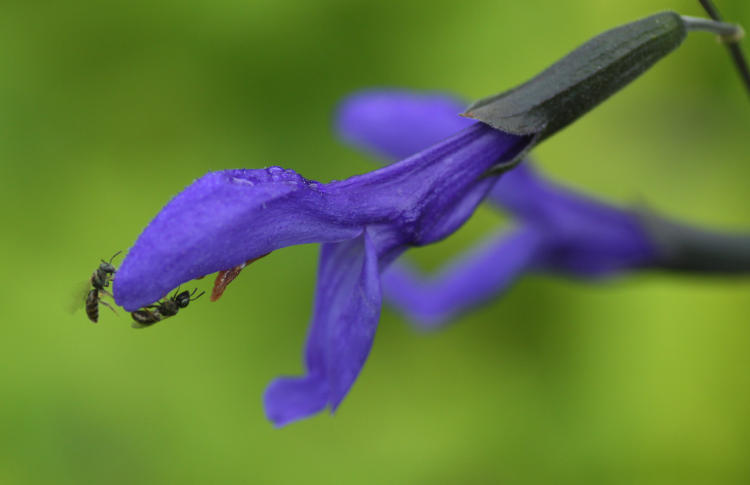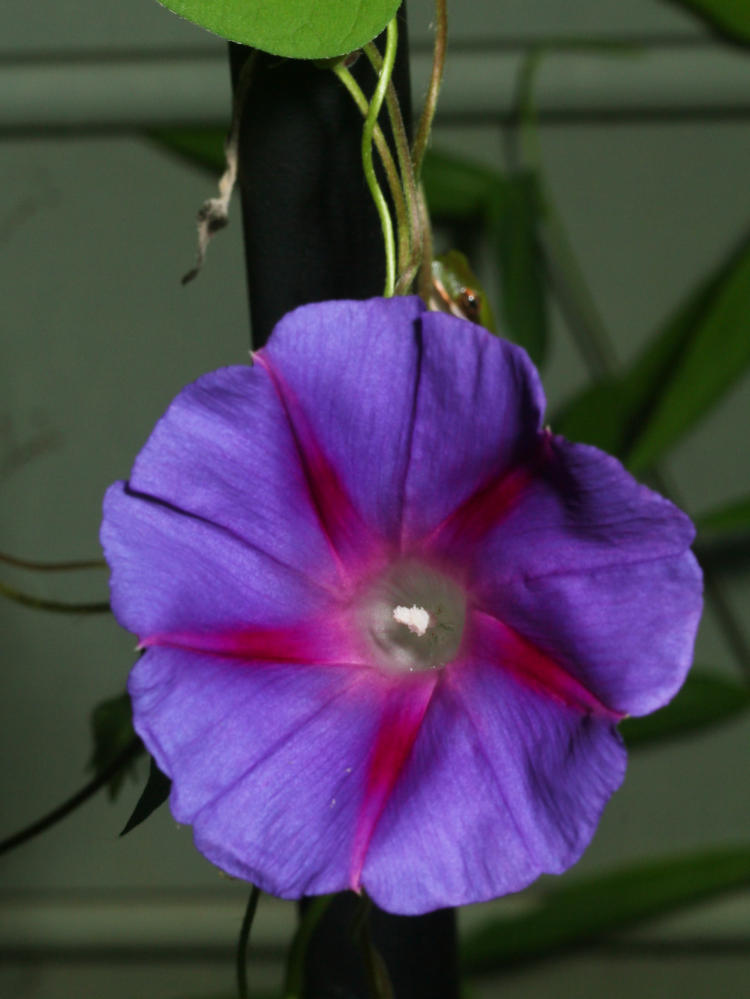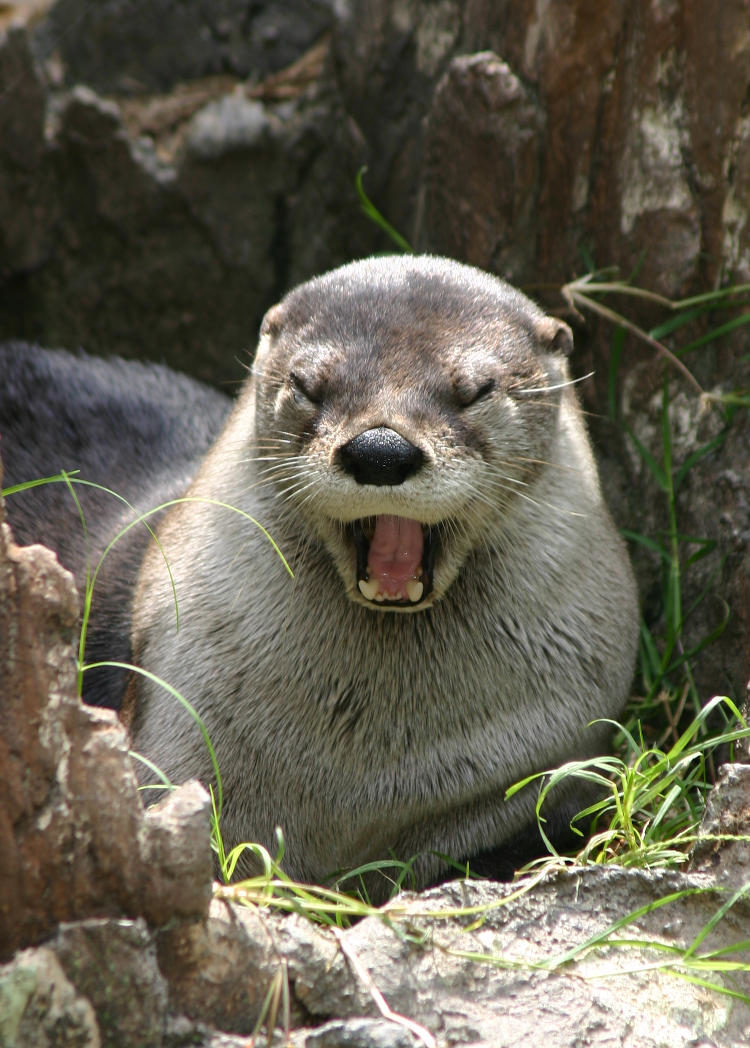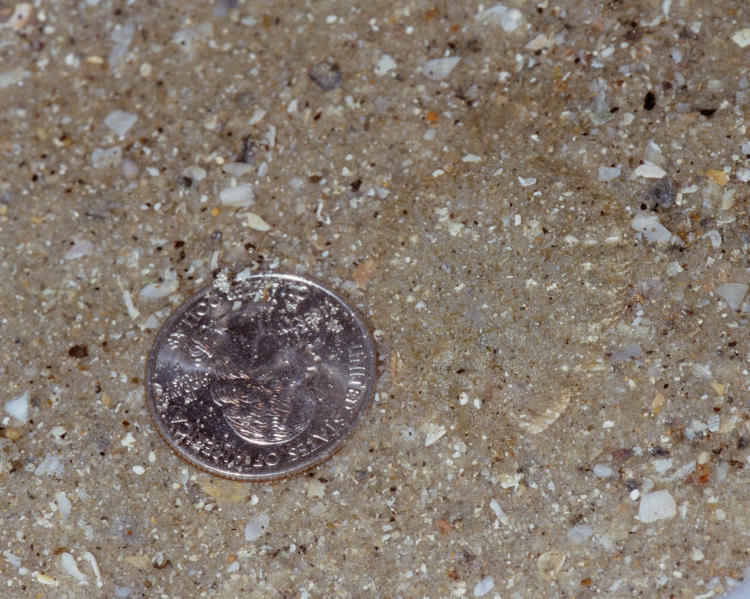Continuing the theme, we have a look at the monochromatically-challenged bugs also found on Saturday’s outing.
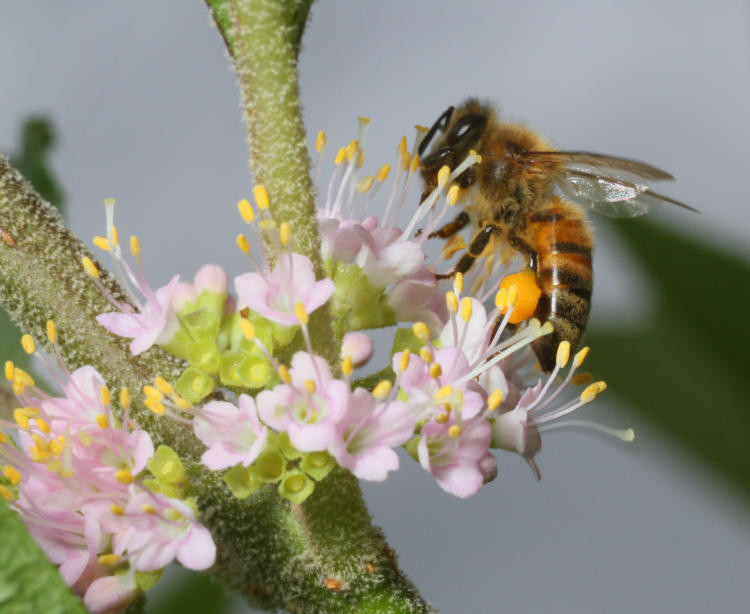
Had I been inclined, I could have rushed to post this yesterday, since it was National Honey Bee Day, and this is indeed a European honeybee (Apis mellifera.) This was taken on that day, at least, but we’ve already had a holiday for August, so I let it go. I also spent no small amount of time trying to identify those flowers, without luck, so just enjoy the pic, okay?

There are two species of umbrella paper wasp that look like this, Polistes carolina and Polistes rubiginosus, and they can only be differentiated by microscope; I could confidently tell you that this was, for instance, Polistes carolina, and you wouldn’t be able to dispute it. Oh, you can make out the pubescence in the malar space that clearly, can you? I could say, and you would be obliged to concede. But I’m not that cruel.
All those false pupils, though – you can’t beat those.
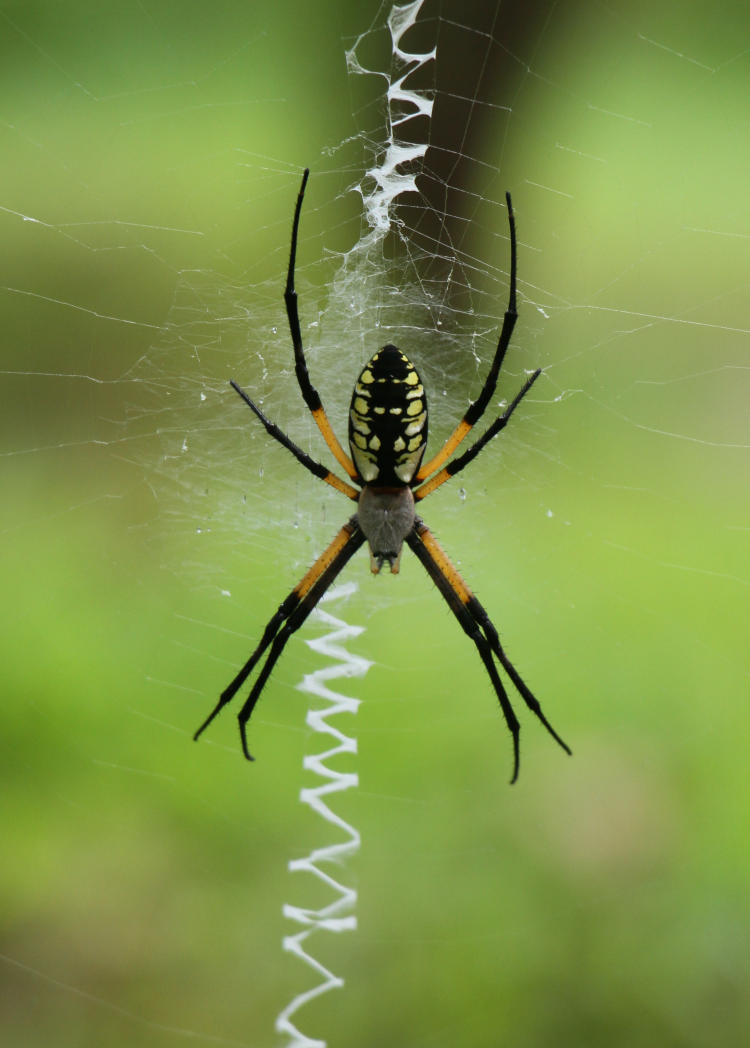
This black-and-yellow argiope (Argiope aurantia) was blocking the path down to some flowers that a hummingbird was frequenting, necessitating a detour under a boardwalk since, you know, their webs come close to a meter across. Bright and contrasting colors would usually mean aposematic warning coloration, and an ability to deter predation through venom or distasteful stuff, and yeah, it’s a spider so it has venom, but often that doesn’t slow birds down, which crush the spider before it has a chance to bite, so… I’ll have to look into this, is what I’m saying.

In the previous post I mentioned the list of post titles, and I have long noted that I have no titles starting with the letter ‘X’ – not surprising, I imagine, even though I did achieve a ‘Z’ post in there. So I have a small quest to accomplish this, and this image was in the running because, really, there aren’t a lot of words beginning with ‘X’ in the first place, and fewer still that could possibly work in the topics and format of this blog. But I’ll let the Scrabble players among you try to determine which word was in consideration regarding this pic.

Not the best photo of an arrowshaped micrathena (Micrathena sagittata) spider, since you’re seeing it from the underside, but it was the only side I could get at. The close cousin, the spined micrathena, used to be found all over the place in the area, even within the backyard here at Walkabout Estates, but for the past few years it’s been scarce. Anyway, both species are quite malevolent-looking, not at all supported by their behavior, and I suspect that the appearance is more to attract certain prey.

There were quite a few of these large wasps on some of the flower clusters, but they were shy and it took some time to get nice closeups of them. This is likely a great black dagger wasp (Sphex pensylvanicus,) a wonderful name for an impressively-sized wasp; at better than 25mm, it was half-again as large as similar-looking paper wasps or daubers. I’ve seen them quite often and always liked their electric blue coloration, and it wasn’t until I got these shots that I realized the coloration was only on the wings; the entire body of the wasp is dusky black, like a teenager transitioning between goth and punk phases. But those wings, man! I want to paint my Stingray bike in that color.
That’s what I got for the outing – no snakes, lizards, birds, and certainly (thankfully) no treefrogs. But I’ll scare something else up before the week is out.






















































